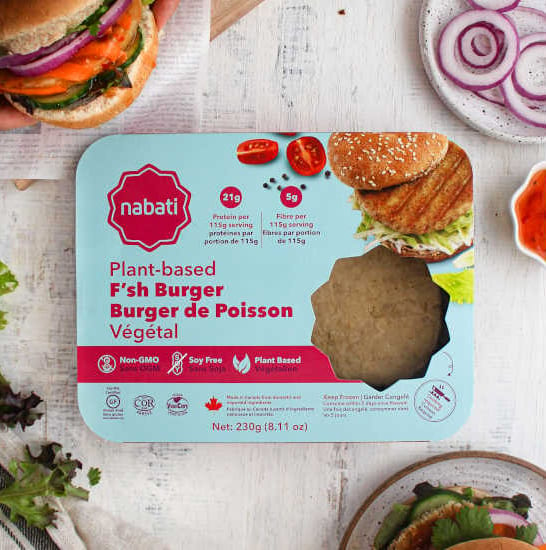FA&M 2021 Conference Highlights
THE STATE OF ALTERNATIVE PROTEINS

Michael Costa, Editor-in-chief
Key paths for alternative protein companies to follow in 2022 and beyond
Takeaways and trends from plant-based processors
We are all observing the continued rise of plant-based foods and alternative proteins in the marketplace, but what’s driving demand from a consumer standpoint, and how are processors positioned to handle that increasing demand? Also, what should manufacturers anticipate in the near and distant future regarding alternative proteins?
To answer those questions and more, we gathered four plant-based foods experts for a roundtable discussion at this year’s FA&M Conference: Alan Hahn, CEO, MycoTechnology; Scott Cowger, VP, national sales manager, Cereal Ingredients; Tilen Travnik, CEO and co-founder, Juicy Marbles; and Ahmad Yehya, president, CEO and co-founder, Nabati Foods Global Inc.
Below are a few key takeaways from that session, and you can also watch the full video of the presentation here: https://www.foodengineeringmag.com/food-automation-conference/2021/agenda
While alternative proteins command much attention in the marketplace, dairy-free products like these plant-based cheesecakes are gaining popularity with consumers. Photos courtesy of Nabati Foods

We are currently in plant-based 1.0
Our panelists predict that the current state of plant-based proteins—recreating the structure of traditional meat products like burgers, sausages, hot dogs, chicken nuggets and more—will give way to plant-based products that stand on their own regardless of shape.
“I think the first phase is trying to mimic existing foods that are out there, like meat alternatives and dairy alternatives,” said Hahn. “But we’ll know we’ve arrived when we stop trying to do that and we make the best food possible with plant-based material that has nothing to do with the dairy analog or meat analog. It’ll be just made from plant-based material that tastes great, and not compared price-wise or functionality-wise to anything else. It’ll just be a great source of food.”
Animal agriculture is in the crosshairs… or maybe not
Another area of conversation among our panelist focused on whether alternative proteins should replace animal-based agriculture, or simply find a place alongside meat at the table for consumers.
“Our mission is really to make animal agriculture obsolete. Nobody uses lanterns anymore, for example, you use a flashlight on your phone. So that’s what we're doing, we’re accelerating the transition to a plant-based food system. And to do that, you need to not just present texture and taste that attracts consumers to it, but you also offer the complete nutritional profile they would get from animal products,” said Yehya.
“I second that,” added Travnik. “One of the jobs of the plant-based industry or any food industry is actually to make the food supplement industry obsolete, because Mother Nature didn’t invent food supplements. We just subtracted so many things away from our food that we invented this new category of food supplements. But it’s not really necessary if we include the right things in our in our foods.”
However, Hahn concluded that with an estimated 10 billion people to feed on the planet by 2050, “we’re going to need every form of protein: animal-based, plant-based, mushroom-based, insect based, algae-based and more.” He added, “I don’t think we're going to replace animal-based protein. I do have a vision that the new proteins will be highly sustainable, and that’s why we want to upcycle potential food waste streams in order to get them back into the food chain and create high quality proteins. If you look at all the food that’s produced, about 40% of it goes to waste. If we can find a way to use that, it will help us feed an exponentially growing planet.”
be cautious with unstable ingredient supplies
Most food processors are currently experiencing instability in the supply chain and the corresponding unavailability of certain ingredients, but Travnik’s Juicy Marbles—which is headquartered in Slovenia—learned the hard way even before current supply chain woes that relying on ingredients from unstable commodities can stop production in its tracks.
“In Europe, things are changing slightly and there’s more sources of protein grown locally. But as a short-term strategy of achieving price parity with meat, we got severely burned by including potato protein in our plant-based burger, and it was wiped off the market just when we wanted to buy a significant quantity of potato protein. So, we learned to never to use anything that’s unavailable in vast quantities for our burgers and our steaks. This is now proving to be a good strategy, even when we’re trying to push the price down and achieve price parity,” sad Travnik.
Emphasizing nutrition content on packaging can be a differentiator for plant-based processors looking to stand out among competitors.

